Nikky-Guninder Kaur Singh was born in India, and went for high school to the USA. She received her BA in Philosophy and Religion from Wellesley College, her MA from the University of Pennsylvania, and her PhD from Temple University. She is the Crawford professor and chair of the department of religious studies at Colby College in the USA. From
by Penguin Viking (2019), Nikky Singh has been publishing extensively in the field of Sikh studies.
Foreword
T he founder of the Sikh religion, Guru Nanak, proclaimed his scriptures which later became the heart of the Guru Granth, dhur ki banithe revealed Word. As one of the youngest major world religions, the Sikh faith retains the original manuscript of the scriptures intact to this day.
But these scriptures do not only live on the printed page; they are also poetry set to music which lives as sacred sound in the everyday and special moments of the communitys life. Perhaps most striking is the fact that the scriptures of the Sikhs include writings of numerous non-Sikh saints. The Revelation was disseminated to the disciples in the language of the time and woven into the social, historic, political, folkloric, linguistic and mythological fabric of the day. Translation and interpretation of original religious scriptures into modern language is, thus, both a noble and a formidable task. In the words of Professor Puran Singh: The poetic patina of the verbal vocabulary of Guru Granth does not necessarily have equivalencies or correspondences in the cross vocabulary of the English language. Herein lies the biggest challenge for a translator.
One of the earliest efforts to translate the Sikh scriptures into English was made by M.A. Macauliffe in 1909 in his monumental and widely acclaimed volumes Sikh Religion. His adoration and admiration of the Sikhs and the Sikh scriptures are best expressed in his statement: All persons of discrimination acquainted with the Sikhs set a high value on them, but it appears that a knowledge throughout the world of the excellence of their religion would enhance even the present regard with which they are entertained. Other Western scholars have imbibed the beauty and spirituality of the Sikh scriptures. Arnold Toynbee, after being exposed to translation of the Adi Granth (Guru Granth), proclaimed: Mankinds religious future may be obscure, yet one thing can be foreseen: the living higher religions are going to influence each other more than before, in these days of increasing communication between all parts of the world and all branches of the human race. In this coming religious debate, the Sikh religion, and its scriptures, the Adi Granth, will have something of special value to say to the rest of the world (1960). Pearl S.
Buck studied the scriptures of great religions and came to this conclusion: Shri Guru Granth Sahib is a source book, an expression of mans loneliness, his aspiration, his longings, his cry to God and his hunger for communication with that Being. I have studied the scriptures of other great religions, but I do not find elsewhere the same power of appeal to the heart and mind as I find in these volumes (1960). While numerous translations of Sikh scriptures have been undertaken in the past, the need for a translation of key sections of the Sikh scriptures into the language of today has been widely recognized. Dr Nikky-Guninder Kaur Singh, a young Sikh scholar of wisdom, dedication and zeal, has aptly undertaken this challenge. Daughter of the world-class Sikh scholar and intellectual giant, Professor Harbans Singh, she has absorbed the beauty and spirituality of the Sikh scriptures from the cradle and developed her scholarly talents in the Western world. This publication is a testament to Nikky-Guninder Singhs love and adoration of the Sikh scriptures and her desire to share her ecstasy with Sikhs and non-Sikhs in the Western world.
University and public libraries and, indeed, every Sikh household in the West should place this book on their shelves, and it should be required reading for all Sikh youth. The International Sacred Literature Trust deserves to be specially commended for their commitment to the publication of translations of scriptures of various religions into modern and easily comprehensible language. Without the deep dedication, infinite persuasive powers and untiring efforts of the Executive Director, Kerry Brown, none of this would have been possible. Nor indeed without the commitment, efforts and scholarly precision of Dr W. Owen Cole, an old friend of the Sikh faith and a consulting editor with the ISLT. Narinder Singh KapanyChairman, The Sikh Foundation15 June 1995
One Reality Is
T he Guru Granth Sahib, the Sikh holy book, contains no historical narratives, no biographical details and no obligatory rituals.
Narinder Singh KapanyChairman, The Sikh Foundation15 June 1995One Reality Is
T he Guru Granth Sahib, the Sikh holy book, contains no historical narratives, no biographical details and no obligatory rituals.
It is a collection of spiritually exalted poetry carrying only intimations. The theme running throughout is that of the individuals longing to experience the Transcendent Reality, moulded into poetic symbolism of great delicacy
and beauty. Granth means book and, since the Tenth and last human Guru declared it so in 1708, this collection of poetic revelations by the Sikh Gurus and by Hindu and Muslim saints has been treated by Sikhs as their personal Guru. The epithet Sahib is often added to the title as a sign of respect. It is also known as the Adi Granth or the Primal Book. It is the sole visual and aural icon for the Sikhs and main source of their daily prayers.
All rites of passage take place in the sound and sight of this text: the newborn baby is named in its presence, the marriage ceremony entails walking around it four times, death in a home is followed by a reading, often continuous, of its 1430 pages. In times of uncertainty and difficulty, or of joy and celebration, different types of recitations are the prescribed religious observance: saptah (seven-day), akhand (non-stop for forty-eight hours) or sampat (one particular hymn repeated after each different hymn). Hymns of the Sikh Gurus is a selection of poetry from the Guru Granth and from the Dasam Granth, the Book of the Tenth Guru, Gobind Singh, compiled some time after his death in 1708. Although the Guru Granth forms the centre of Sikh worship, the poetry of Guru Gobind Singh is highly esteemed by the Sikhs, and also forms part of their daily prayers. The Guru Granth begins with the Jap, the most famous of the divinely inspired poems, or bani, of Guru Nanak (14691539 CE ), the founder of Sikhism. It is chanted daily by Sikhs and its first line, Ikk Oan Kar, literally One Reality Is, is the cornerstone of the faith.

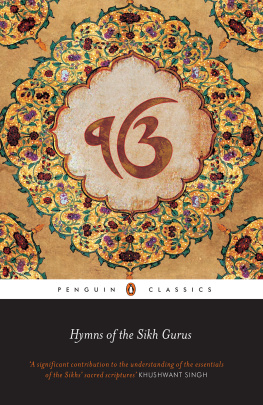

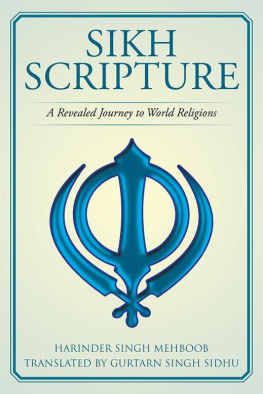
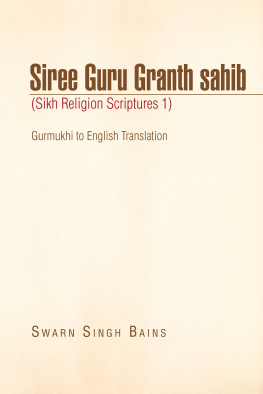


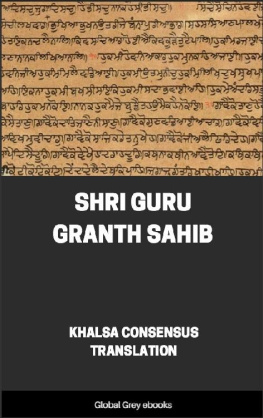
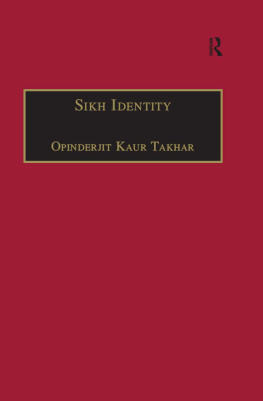
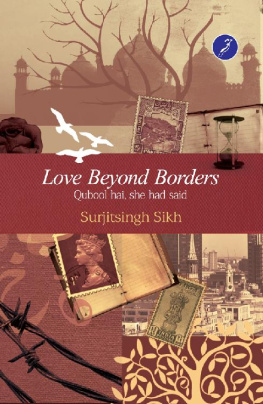
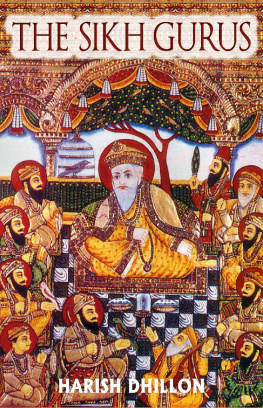





 CLASSICS
CLASSICS